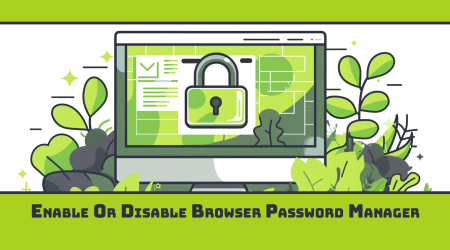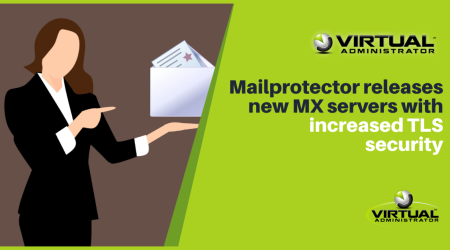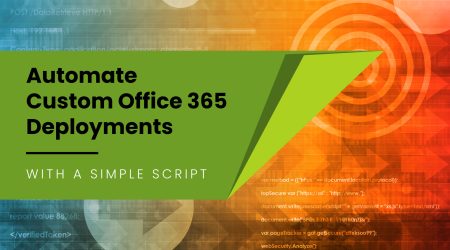Every user in Kaseya should have their own log in, but you don’t always want to give these users the same rights (called “Roles“), or give them the ability to see the same groups of machines (called “Scopes“), so this post will show you the basics on how to create your own Kaseya users or administrators.
So there are 3 possible scenarios:
- Create a user with the same permissions and access to the same machine groups as you have. This is generally not a recommended practice, as you probably want to limit anyone else from some of the System functions, but if you still do, follow Option I below.
- Create a user with limited permission, but access to same groups. This is very common, as you create logins for technicians. Use Option II below.
- Create a user with limited permissions, AND limited access to machine groups. This might be used for 3rd party help desks, or giving a end-user administrator access to just their machines. Use Option III below.
OPTION I – Create new user with same rights as you have
- Log into Kaseya, and navigate to the System tab, User Security, Users, and click the “New” button.

- Fill in the user information as requested. Under “Initial Role” you will either select “System” or the default role that is shown (Fig 1), under “Initial Scope“, you will do the same (Fig 2). You can ignore the “Related Org Staff Member, and just accept the defaults (Fig 3), and most importantly, select a user name (suggest to use user’s email address here), and give them a password (Fig 4). If you want to force them to set their own password, select the box next to “Require password change at next login” (Fig 5).

- After it is saved, you should see the new user in the list. Because you selected the default (System) role and scope, this user has the same rights as the default administrator.

Option II – Creating user with Limited console permissions (User Roles)
Before creating a user here, we need to pre-configure a new User Role and configure their Access Rights.
- Log into Kaseya, and go to System tab, User Security, User Roles, and click “New“. Give the new role a name (Fig #1) that will remind you of what it is used for. Could be something like “Level 1 Help Desk”, “Technicians” or “ClientAdmin”. Select “VSA Admin” or “Kaseya Essentials” as the Role Type (Fig #2).

- Once saved, highlight the new Role Name from the middle column (Fig #1), and click on the “Access Rights” (#2) tab, and then click on “Set Role Access Rights” (#3). This will open up a window that will allow you to change their access rights.

- There are MANY options to change here, way too many to try to discuss in a blog article. The general best practice is to remove as much as you can, and only give them rights to things you think the user needs to do their job. Pay special attention to the System options if nothing else. There is usually little reason for anyone other than the master administrator to make changes here.

- Now create a new user using the same steps outlined in Option I above, but assign the initial role using the same name as you created in Step 1 (in this example, “Technicians”).
- Log in as the new user, and verify that they can only see the options you want them to see.
Option III – Create a new user with access to only specific machine groups (Scopes)
Before creating a user here, we need to create both a new role (See Option II above) and a new Scope. Since we covered creating roles above, we will focus on how to create a scope here.
- Log into Kaseya, go to System tab, User Security, Scopes (Fig #1). Click on the “New” button (#2) and create a name for the scope that reminds you of what it is for (#3). It could be something like “HelpDesk” or “ABCClientScope“. Save the scope (#4).

- Once created, Highlight the new scope from the middle column (Fig#1). Now it gets tricky. You have multiple options here, and they all work a similar way.
- Organizations – To add all machines groups and machines in an entire organization to this scope, simple click the Organization tab (#2), and then click “Assign” (#3), and select the organization(s) you want this scope to have access to (#4), and Save (#5).

- Machine Groups – If you only want specific machine groups to be added, then select the Machine Groups Tab (#2), Click Assign (#3), select the machine group(s) you want to add to this scope (#4), and Save (#5).

- Machines – You can even give a user access to just a few selected machines. To do this, select the Machines tab (#2), click the Assign button (#3), select the machine(s) that you wish to add to the scope (#4), and Save (#5).

- Now create a new user as per Option I, and select the custom Scope (and Role if applicable) for that user.
- We always suggest that you log in as that user when finished, and verify that they can only see and do what you specified.
Troubleshooting
Q: I get a Kaseya error “Limit Exceeded: ‘System’ is assigned role type ‘Kaseya Portal Billing’ and has 2 users assigned. Adding 1 user will exceed the license limit ”
A: We have seen this before when more than 2 users are being assigned to the same Master role. To resolve this, create a new role as in Option I above and assign other user/administrators to this role.
Q: I created a new user, but now it’s gone? Where did my user go?
A: Occasionally when you create a new user and assign them an initial role that you are not part of, they will disappear from the user list. To see the user again, you need to do 2 things. First, add yourself to their Role (and possibly Scope), Next, up at the top right corner of the screen, click on your login name, and select Role, and select the new role. Once selected, refresh your user list, and you should see them listed.







